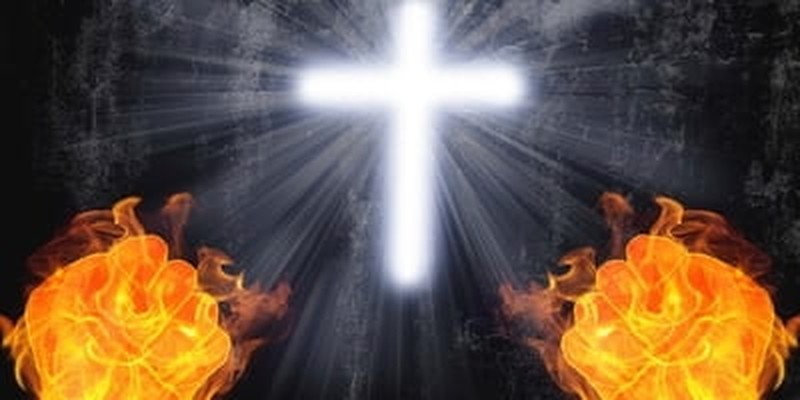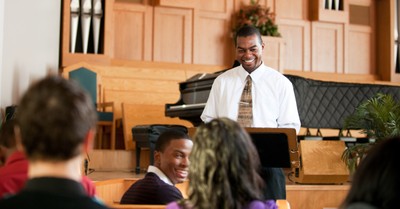Baptized with Fire
- Douglas Petrovich Contributor to Bible Study Magazine
- Published Jun 26, 2014

“I baptize you with water for repentance, but he who is coming after me is mightier than I.… He will baptize you with the Holy Spirit and fire” (Matt 3:11).
Most of us understand the idea of being baptized with water, as John the Baptist describes it—but why the “fire”? This question can be answered by considering both the context and the biblical theology surrounding the passage. Let’s use a Bible encyclopedia and a theological dictionary to help us dig deeper.
1. The Verse’s Context
John the Baptist’s audience included those from Jerusalem, Judaea, and the Jordan Valley, as well as the Pharisees and Sadducees (3:5–7). Just before his statements about baptism, John rebuked these leaders for failing to bear spiritual fruit. He even goes so far as to call them “a brood of vipers” because they only wanted to escape divine wrath (3:7). John warns them that an axe is ready; every tree not producing good fruit would be “cut down and thrown into the fire” (3:10).
John the Baptist continues with another fire analogy, this time describing a two-fold fate. Jesus, he says, would use His winnowing fork to “clear his threshing floor and gather his wheat into the barn, but the chaff he will burn with unquenchable fire” (3:12).
2. The Ancient Context
When we look up “winnowing” in the International Standard Bible Encyclopedia, we read that workers used winnowing forks to hoist both seeds and their husks (or chaff) into the air. The heavier seeds would fall back down, but the wind would carry the husks. They were then swept together and burned. This ancient practice occurs in Ruth 3, when Naomi sends Ruth to the threshing floor where Boaz was winnowing barley. John is saying that the repentant would be gathered to Christ, while the hypocrites—those who failed to show repentance—would be destroyed in fire, symbolic of the judgment they were anxious to escape.
3. Biblical Theology
John the Baptist’s imagery of judgment by fire is also employed by other biblical writers. In Revelation, the Apostle John speaks of a “lake of fire,” which he describes as “the second death.” Those not found written in the book of life would be “thrown into the lake of fire” (Rev 20:15).
While the context of John the Baptist’s message indicates judgment for those who do not bear fruit, this is not the only interpretation of “baptism by fire and the Spirit.”
If we consult the Theological Dictionary of the New Testament (TDNT), we find that fire is also used as a symbol of cleansing and purification—specifically in reference to “the refiner’s fire for purifying in suffering or judgment.” The TDNT shows that several biblical writers use fire in this way. The prophet in Malachi 3 even speaks of the “messenger” (John the Baptist) who will prophesy the coming of “the messenger of the covenant” (Jesus), who is like a refiner’s fire (compare Matt 11:10).
Judgment by fire is not only intended to rid sin from the world. Those whom God gathers to Himself will also experience a purification process. Symbolic fire benefits the world in every sense: ridding it of evil and preparing people for good.
» QUICKBITS:
Paul uses the term “sanctification” to describe the experience equivalent to purification by fire. This process is described in 2 Corinthians 3:17–18. What other passages mirror this idea?
Pick up your copy of the International Standard Bible Encyclopedia at Logos.com/ISBE.
Scripture references are from the English Standard Version (ESV).





















